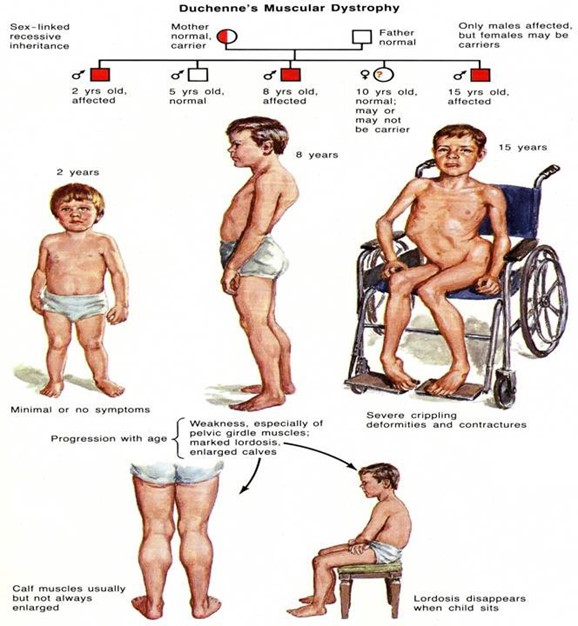A nurse is counseling a client diagnosed with bulimia nervosa about the symptom of tooth enamel deterioration.
Which explanation for this complication of bulimia nervosa should the nurse provide?
Food is rapidly ingested without proper mastication.
The emesis produced during purging is acidic and corrodes the tooth enamel.
Poor dental and oral hygiene leads to dental caries.
Purging causes the depletion of dietary calcium.
The Correct Answer is B
When people with bulimia nervosa frequently engage in self-induced vomiting, the gastric acids in their vomit can damage the tooth enamel.
This is called dental erosion and can create “bulimia teeth”.
Choice A, Food is rapidly ingested without proper mastication, is incorrect because it does not directly relate to tooth enamel deterioration.
Choice C, Poor dental and oral hygiene leads to dental caries, is incorrect because it refers to a different dental issue.
Choice D, Purging causes the depletion of dietary calcium, is incorrect because it does not directly relate to tooth enamel deterioration.
Nursing Test Bank
Naxlex Comprehensive Predictor Exams
Related Questions
Correct Answer is D
Explanation
Difficulty climbing stairs is an early sign of muscular dystrophy.
This is because the condition causes progressive muscle weakness, which can make it difficult for the child to perform physical activities that require muscle strength.

Choice A is not the best answer because high fevers and tiredness are not specific to muscular dystrophy and can be caused by many other conditions.
Choice B is not the best answer because muscular dystrophy causes muscle weakness, not increased muscle strength.
Choice C is not the best answer because respiratory infections and obesity are not specific to muscular dystrophy and can be caused by many other conditions.
Correct Answer is D
Explanation
B. This is the vaccine for hepatitis B, a viral infection that can cause liver damage and cancer.
The CDC recommends that all newborns receive the first dose of this vaccine within 24 hours of birth, followed by two more doses at 1 to 2 months and 6 to 18 months of age.
Choice A.
MMR is incorrect, as this is the vaccine for measles, mumps, and rubella, which is not given at birth but at 12 to 15 months and 4 to 6 years of age.
Choice B.
Varicella is incorrect, as this is the vaccine for chickenpox, which is also not given at birth but at 12 to 15 months and 4 to 6 years of age.
Choice C.
DTaP is incorrect, as this is the vaccine for diphtheria, tetanus, and pertussis (whooping cough), which is not given at birth but at 2, 4, 6, and 15 to 18 months and 4 to 6 years of age.
Therefore, choice D is the best answer to this question.
Whether you are a student looking to ace your exams or a practicing nurse seeking to enhance your expertise , our nursing education contents will empower you with the confidence and competence to make a difference in the lives of patients and become a respected leader in the healthcare field.
Visit Naxlex, invest in your future and unlock endless possibilities with our unparalleled nursing education contents today
Report Wrong Answer on the Current Question
Do you disagree with the answer? If yes, what is your expected answer? Explain.
Kindly be descriptive with the issue you are facing.
